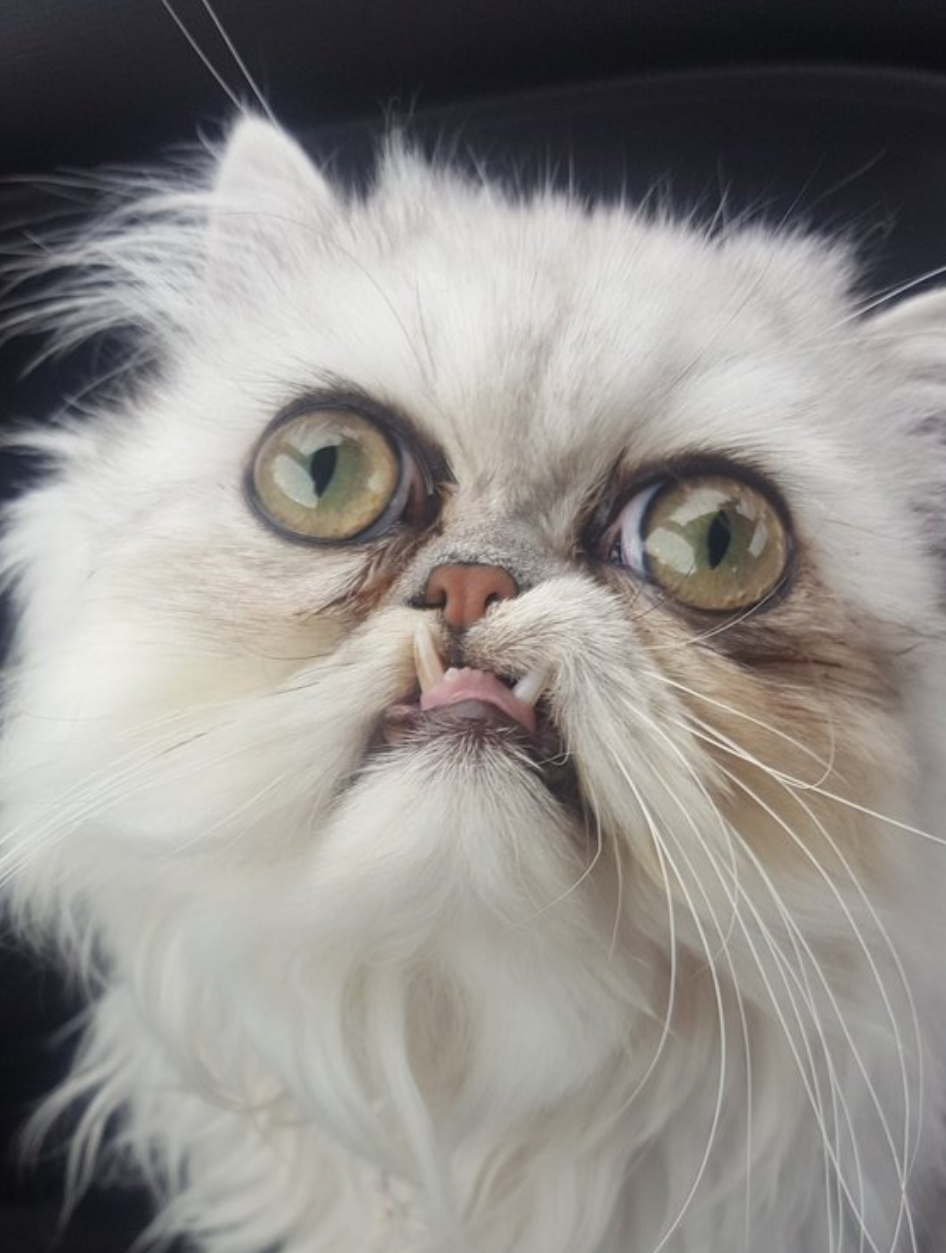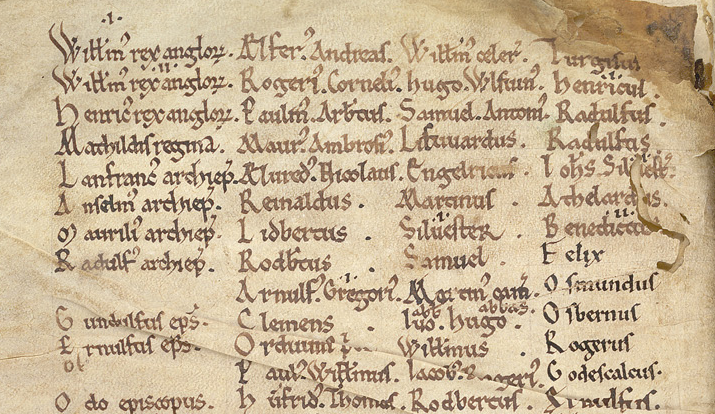 |
| From Here |
As something of a backwoodsy person, I’ve gathered firewood on many occasions. Driftwood from Lake Ontario which had dried out on a rocky beach would often make up the bulk of any bonfire, and save for the spiders and occasional rusty nail, it was decent firewood but it was notably scavenged.
I’ve also had the misfortune of preparing firewood from scavenged wood found in the forests of the same region, which is to say that I’ve been attacked by bees, wasps, fire ants, additional spiders, and no small amount of spores and dust which hid within the desiccated husk of what appeared to be nice dry wood. Which is all before we get into the issue of wet wood.
The good firewood that I’ve prepared was generally harvested from logs from a tree that was felled for this purpose. The timber was split into usable sized bits of wood, and the bark was either scraped off beforehand or left on because it wasn’t getting in the way. There wasn’t a lot of time for the spiders get into the wood. It made for pleasant burning.
This is all to say that firewood is interesting and important, maybe not worthy of great ruling considerations in your game; but worthy of the following considerations:
Is the firewood harvested/from civilization/from a woodcutter?
If so, it burns well without any additional problems. You have a nice fire for the whole of your night. If you’ve somehow made an extremely good fire, roll on the following firewood comfort table.
Is the firewood scavenged/from the wilds/possibly wet or infested?
If so, then you roll on the following firewood calamity table and unless you can attend to the issue properly, you gain a level of exhaustion.
For sake of definition: harvested wood has undergone some degree of quality assurance by a professional, it isn't wood stolen from a pauper's wooden grave marker or utterly/potentially infested with spiders. Scavenged wood makes no such promises.
Firewood Comforts [d6]
1. Pleasantly aromatic smoke. Foods cooked on the fire grant an additional dice in healing value.
2. Heavy, billowing smoke. Insects, mosquitos and other such vermin keep away from the fire for the duration of the night.
3. Warm and comforting fires. Party members who rest by the fire gain a full night’s rest, even if they otherwise suffered exhaustion or were made to take watch.
4. Large and crackling fire. Forces a morale check on beasts, both benign and malicious, who wish to approach the campsite.
5. Low-burning and subtle fire. Casts little light out into the wilderness, 4-in-6 chance that intelligent beings outside camp will confuse it for a trick of the moonlight, fireflies, et cetera.
6. Humble, comforting fire. Perplexes small game animals who stumble towards the camp, allowing a 3-in-6 chance of catching/striking them before they flee off into the night.
Firewood Calamities [d12]
1. Burns brightly, quickly. Wood was filled with itching ants, ticks, fleas, and other blistering vermin. Fire-starter must strip or douse themselves to receive recovering benefits tonight. If the fire-starter does no such thing, they cannot rest and suffer Exhaustion.
2. Explodes in a crackling burst of splintered wood. Those near the fire must Save or have their clothing and gear scratched up by the wood. Flammable goods will catch fire. The one who threw the wood on the fire must Save or begin loudly choking on the fumes.
3. Spiders, numerous and vile, crawl out of the wood and on to the hand of the fire-starter before they can burn the wood. Save or be bitten, suffering a point of damage and a reaction which makes that hand swollen and unusable for 24 hours. If already Exhausted, damage and duration is doubled. Wood burns otherwise just fine.
4. Low flame with heady, miasmic smoke. A pocket of dried rot and spores in the wood carries with it the risk of poisoning and sickness. Those who breathe the smoke deeply or eat food cooked from this fire suffer a mild indigestion poisoning, granting them Exhaustion and forcing them some degree of dehydration.
5. Crackling flame which doesn’t seem to warm the bones. The tree this wood was taken from is furious and plotting its revenge. It will send creeper vines and hateful roots to drag away the harvester and fire-starter, causing them to Save or wake up far from camp in the middle of the night, crudely bound and suffering Exhaustion.
6. Burns white hot and in tall, anguished tongues of flame. The wood creaks and groans as the fire burns. This wood was not meant for burning. The forest will act with hostility to any who venture outside the light of the camp. Reaction rolls are rolled twice for the next 1d3 days, taking the more hostile result against the party.
7. Acrid, heavy, collapsing clouds of smoke. Becomes an issue once the party is asleep. Save or wake up choking, the fire out, and suffer exhaustion.
8. Burns darkly, phantom figures in the smoke. Specters, demons, and other phantasmal beings find passage into the mortal world through the campfire. 3-in-6 chance they will try to possess the party and make them their thralls/hosts.
9. Loud, crackling fire that burns too high. 3-in-6 chance of attracting unwelcome company, roll a d8 to determine what. 1-2: Wayward judgmental pilgrims. 3: Bandits (who thought this was their camp. 4: Bandits (looking to rob campers). 5: Wolves in search of sleeping prey. 6: Bears in search of easy food. 7: Some terrible woodland cryptid who wishes to cause havoc and fear. 8: A wayward wyrm of the wood who is very cruel as they took this fire to be a mating flame.
10: Explosive and powerful fire. 5-in-6 chance it will catch the surrounding area on fire once everyone is asleep. If the surrounding area is wet, it will create a great wall of smoke which will not dissipate for 2d6 days and causes disadvantage on all rolls to get out of the wilderness; as well as bleary-eyed exhaustion to all players present.
Why should you use such rulings?
That’s entirely on you. This is meant for use with a Into the Wyrd & Wild type of woodland where it is notably your antagonist. Much like drinking from a well in a dungeon rather than from your canteen, risks should be plentiful. I’d likely use these sorts of rulings in my inevitable Dolmenwood campaign for use when starting fire in places like the Domain of the Nag-Lord or the Fever Marshes.








